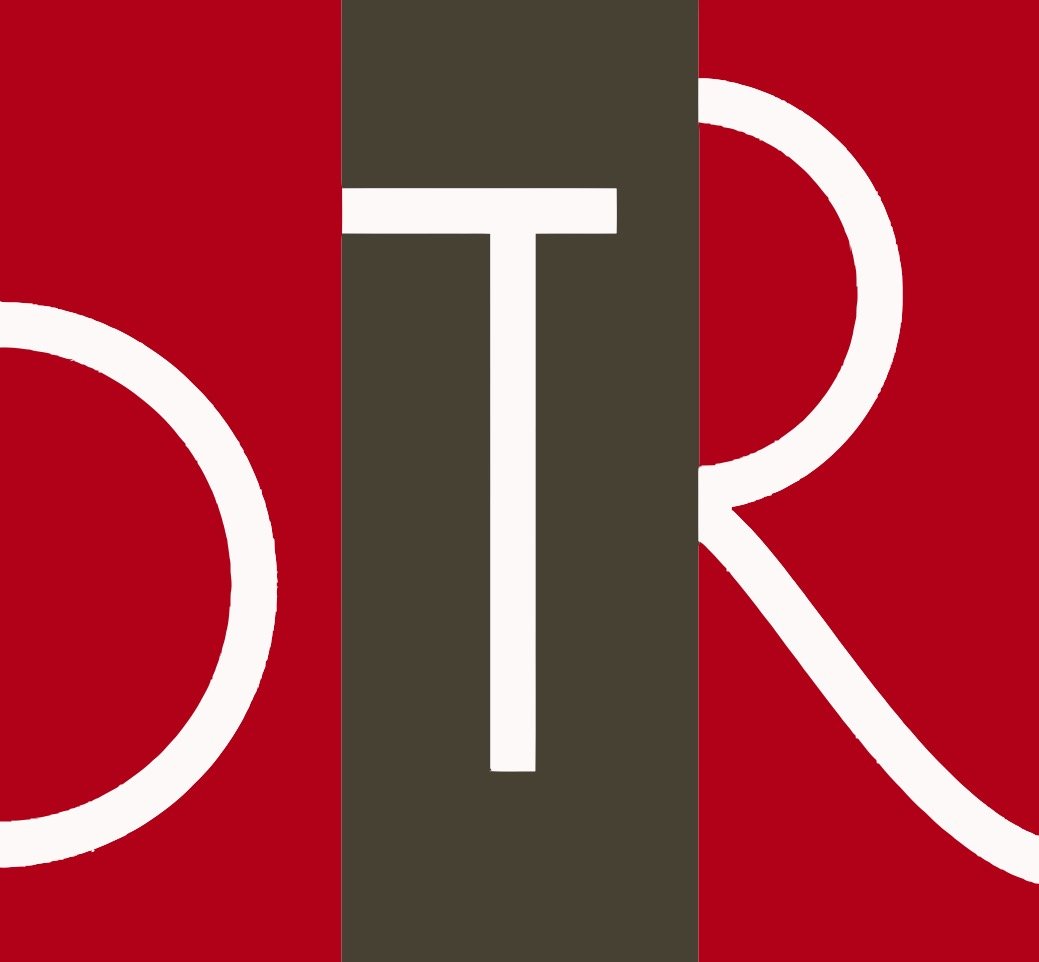CHUCK CLOSE
Chuck Close is associated with the style of painting called Photorealism or Superrealism. In this style, artists in the early 1970s created a link between representational systems of painting and photography. Photorealism developed as a reaction to the detachment of Minimalism and conceptual art, which did not depict representational images.
ABOUT CHUCK CLOSE
Photorealists frequently used a grid technique to enlarge a photograph and reduce each square to formal elements of design. Each grid was its own little work of art. Many of the Photorealists used the airbrush technique. Big Self-Portrait, in black and white, was the first of Close's mural-sized works painted from photographs. This painting took four months to complete.
To make this work, Close took several photographs of himself in which his head and neck filled the frame. From these he selected one of the images and made two 11 x 14-inch enlargements. On one of the photographs he drew a grid, then lettered and numbered each square. Using both the gridded and ungridded photographs, he carefully transferred the photographic image square by square onto a large canvas measuring 107 1/2 x 83 1/2 inches. He used acrylic paint and an airbrush to include every detail.
When Close was making his painting he was concerned with the visual elements--shapes, textures, volume, shadows, and highlights--of the photograph itself. He also was interested in how a photograph shows some parts of the image in focus, or sharp, and some out-of-focus, or blurry. In this portrait the tip of the cigarette and the hair on the back of his head were both out-of-focus in the photograph so he painted them that way in Big Self-Portrait.
Artists frequently change their style of work and Close experienced a tragedy that subsequently influenced his painting style. In 1988, he had a spinal blood clot, which left him a quadriplegic, unable to move either his legs or his arms. With a paint brush clamped between his teeth, he developed a new way to paint. His portraits, the photos, and canvases were gridded off by assistants and then he used his mouth brush to paint, using the techniques of grisaille and pointillism within the grids. This is similar to technique used by the Impressionists and Pointillists. The result was still a canvas of mini-paintings, which when viewed from a distance are seen as a single or unified image.


